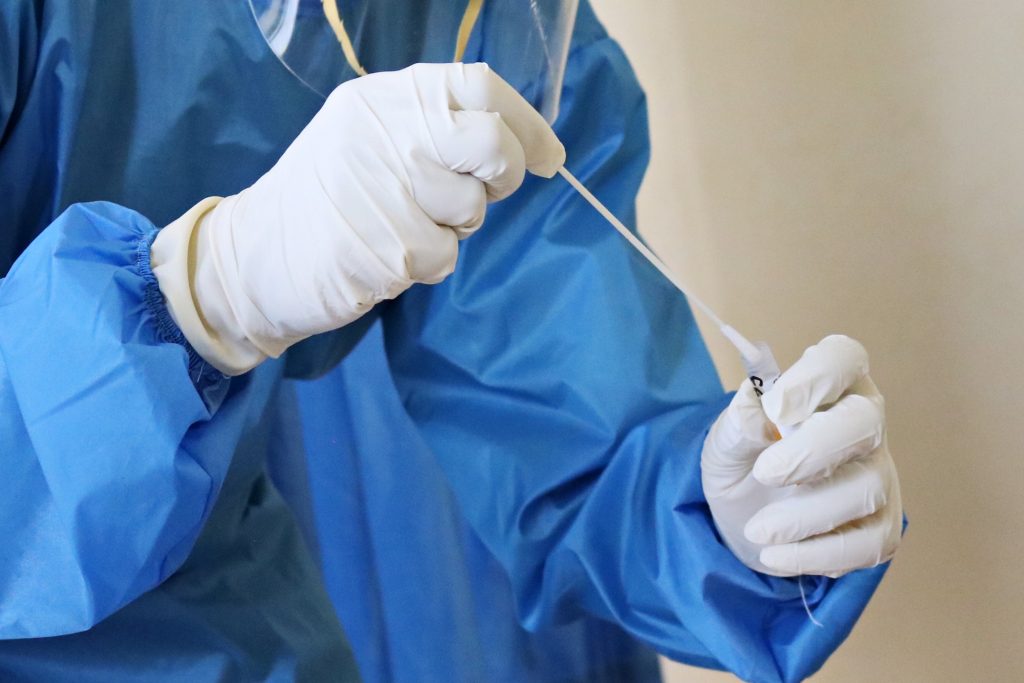
Working in an environment where accidents are likely to happen makes it very important to be protected from the risk of severe injury or even death. Plastic equipment is an essential form of protection in healthcare and other industries that deal with potentially dangerous substances and processes. In health care facilities, many different types of plastic protective equipment are used in order to protect medical professionals from infection and disease. From masks to gloves to gowns, there are numerous options when it comes to choosing the best type of plastic protective equipment that will work best in each specific facility’s operating room or hospital ward. For example, doctors and nurses working in intensive care units in hospitals require different types of plastic protective equipment than those working in emergency rooms. But how do you know what type of plastic protective equipment you need? And how should you use it correctly? These tips may help you make the right decisions regarding plastic protective equipment.
Types of Plastic Protective Equipment
When it comes to hazardous materials, accidents can and do happen. In fact, hospital workers may come into contact with everything from broken glass to bio-hazardous material (and sometimes worse) on a daily basis. This makes protective equipment for hospitals a necessity. There are many types of products designed for use in healthcare settings but most fall under one of two main categories: either disposable or reusable. Disposable items have benefits over reusable items but these benefits should be weighed against their drawbacks before making your selection. Let’s take a look at both disposal and reusable in more detail
What is Disposable Plastic Protective Equipment
Health care workers often wear plastic protective equipment (PPE) to ensure that they don’t come into contact with infectious diseases and other dangerous health threats. From surgeons wearing masks, gloves, and gowns during an operation to nurses wearing plastic shoe covers and safety caps, PPE is one of the most important tools in a hospital or any other medical facility. Disposable plastic protective equipment is a requirement when working in healthcare settings. Used to protect against germs and other pathogens that can cause infections, disposables should be changed regularly during tasks where there is a high risk of contamination. When choosing disposable gear for use, purchasing items made from safe materials such as polyethylene and nitrile rubber are the best options.
Using disposable PPE is a great idea for many healthcare workers because it’s cost-effective and no one has to worry about trying to clean the equipment properly. Another benefit is that they are durable enough to last for important procedures. If something does break or tear, it can be easily switched out with new equipment. The one downside of disposable equipment is that they are not the most environmentally friendly. In some industries, disposables are far more common than reusable items. However, they both serve important functions that people should consider carefully before choosing between them.
Reusable Plastic Protective Equipment
One piece of healthcare-related PPE you may not have heard about before is reusable plastic protective equipment. Let’s explore what it is and how it can be utilized by nurses and doctors to ensure their safety on a daily basis.
As we talked about, many different pieces of PPE are used in a healthcare environment. Most items, such as syringes and surgical masks, are disposable, but there are also some that could be reusable. While traditional disposable supplies may be composed of multiple layers of material (such as latex gloves), reusable items might be composed entirely of plastic. Having masks, gowns, and other protective equipment that is reusable can not only save costs for hospitals but also have a positive impact on the environment. Being able to trust your protection is essential to maintaining health in clinical settings. Therefore, it’s crucial that users understand how best to clean and care for reusable PPE made from plastic materials.
How Long Will the Equipment Last
Plastic protective equipment is meant to last a long time but often ends up short-lived and requires frequent replacements. If you’re looking for plastic equipment that can withstand daily wear and tear, the type of plastic you choose will make a big difference. Some items, such as washable aprons and scrubs can last for multiple uses, but most other pieces of plastic protective equipment (PPE) need to be disposed of after just one use. For example, gloves are required by OSHA because they help healthcare workers protect themselves from germs while they work on patients in a hospital setting. However, gloves only provide protection when they’re intact. If they get torn or punctured, workers can be exposed to whatever harmful germs might be in that patient’s hospital room. That’s why equipment that is reliable and lasts is one of the most important factors to consider.
Where Does Plastic Protective Equipment Come From
To help make plastic protective equipment safer for patients and medical staff, manufacturers are turning to new sources of raw materials, including recycled plastics. According to a recent report, about 26% of plastic used in protective equipment comes from recycled material. In addition to potentially reducing costs, recycling offers other benefits as well such as limiting greenhouse gas emissions associated with manufacturing plastics. While many people still associate recycling with bottles and cans, virtually every single item you can imagine – from food waste containers to furniture – is recyclable and can help when it comes to producing protective equipment.
Healthcare Plastic Equipment Fabrication
When medical facilities and healthcare organizations need to acquire new plastic protective equipment, it’s important that they turn to a partner who can ensure safety, functionality, and durability. There are many companies that provide plastic fabrication for hospitals, healthcare, and more. Each custom-built piece should be created with attention to detail and optimal performance in mind. When it comes to medical devices and equipment, plastic is almost always a better choice. Being lightweight, strong, long-lasting, and impact-resistant means that patients can be treated quickly and safely. Specialized healthcare plastic products may also be sterilized without affecting their structure or function. This makes them ideal for environments where sterility is crucial, such as operating rooms or emergency facilities.
